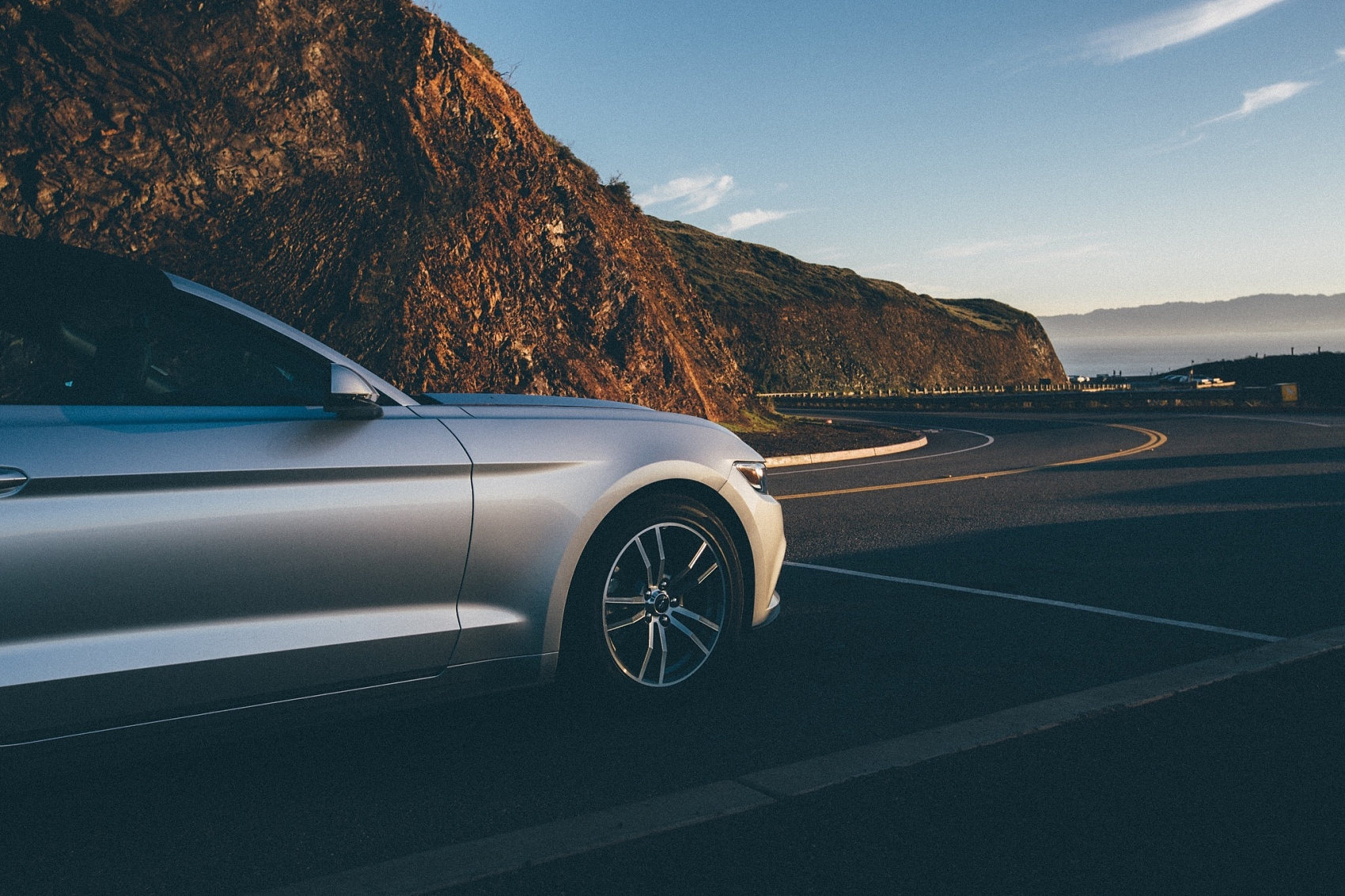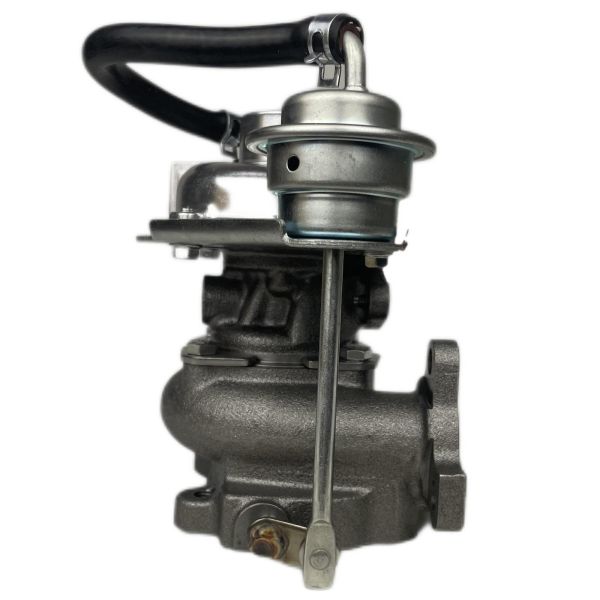On the purpose and impact of turbocharging
Purpose of supercharging:
The main function of RHB31 turbo is to increase the air intake of the engine, so as to increase the power and torque of the engine and make the car more energetic.
When an engine is equipped with RHB31 turbo, its maximum power can be increased by 40% or more compared with that without supercharger. This means that the same engine can output more power. Take our most common 1.8T turbocharged engine, for example, after supercharging, the power can reach the level of 2.4L engine, but the fuel consumption is not much higher than 1.8L engine. On the other hand, it is to improve fuel economy and reduce exhaust emissions.
The power output of the engine depends on the work done by the combustion of the fuel in the cylinder. Because the amount of fuel input is limited by the amount of air inhaled into the cylinder, the power output of the engine will also be limited. If the performance of the engine is at its best, the increase of output power can only increase the amount of fuel by compressing more air into the cylinder, so as to improve the work capacity of combustion. Therefore, under the existing technical conditions, the HX52W 4037336 is the only device that can make the engine work efficiently.

You may think that the turbocharger is very complicated, but in fact it is not complicated. The turbocharger is mainly composed of a turbine chamber and a supercharger. First of all, the intake port of the turbine chamber is connected to the engine exhaust manifold, and the exhaust port is connected to the exhaust pipe.
Then the air inlet of the supercharger is connected with the air filter pipe, and the exhaust port is connected to the intake pipe. Finally, the turbine and the impeller are installed in the turbine chamber and the turbocharger respectively, and the two are connected rigidly on the coaxial axis. What we usually call the turbocharging device is actually a kind of air compressor, which increases the air intake of the engine by compressing air. Generally speaking, turbocharging uses the inertia impulse of the exhaust gas from the engine to drive the turbine in the turbine chamber. The turbine drives the coaxial impeller, and the impeller compresses and transports the air from the air filter pipe, which is pressurized into the cylinder. When the engine speed increases, the exhaust gas discharge speed increases synchronously with the turbine speed, and the impeller compresses more air into the cylinder, and the increase of air pressure and density can make more fuel burn fully. Accordingly, increase the amount of fuel and adjust the engine speed.

